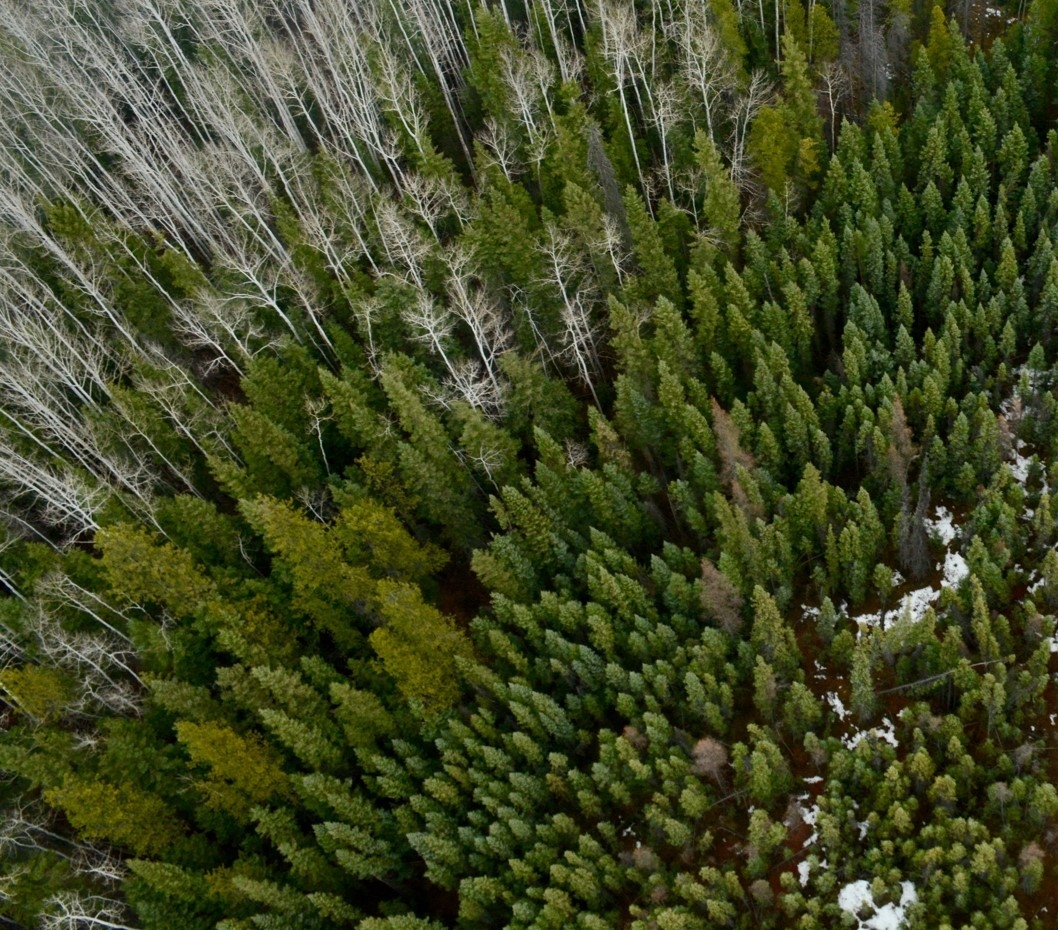Habitat management
Content related to: Habitat management
MarshWatch - Webinar 6: ID Session 5
MarshWatch - Webinar 5: ID Session 4
MarshWatch - Webinar 4: ID Session 3
MarshWatch - Webinar 3: ID Session 2
MarshWatch - Webinar 2: Intro to Bird ID and ID Session 1
MarshWatch - Webinar 1: The Wonder of Wetlands
Marsh Watch
Welcome to MarshWatch!
MarshWatch is a new pilot program focused on wetland birds and amphibians for beginners.
Virtual webinars along with self-guided activities slowly build your identification skills without getting overwhelmed. The ultimate goal is to give you the skills to confidently submit a checklist of birds from a visit to a wetland of your choosing.
Live webinars take place every Wednesday evening, starting May 10 and run for 10 weeks, ending July 12. We encourage you to visit a wetland each week – there really is no better way to learn than to be out with the birds!
Wetland Knowledge Exchange July 2023 Newsletter
Concern over environmental and cultural impacts of proposed mining project in Saskatchewan

A proposed mining project in east-central Saskatchewan is raising concerns over environmental impacts such as water contamination, lowered groundwater table on peatlands, deforestation, greenhouse gas emissions, and disturbance of boreal caribou habitat. Additionally, Indigenous groups have raised concern about the impact of the proposed project on their gathering of traditional medicines, rice and mushrooms, as well as trapping practices.
Full text of this article can be accessed here: Group in northern Sask. raises environmental, cultural concerns about proposed mining project | Prince Albert Daily Herald (paherald.sk.ca)
*This news piece is being shared by the National Boreal Caribou Knowledge Consortium as the subject matter discussed pertains to caribou and may be of interest to our audience.

